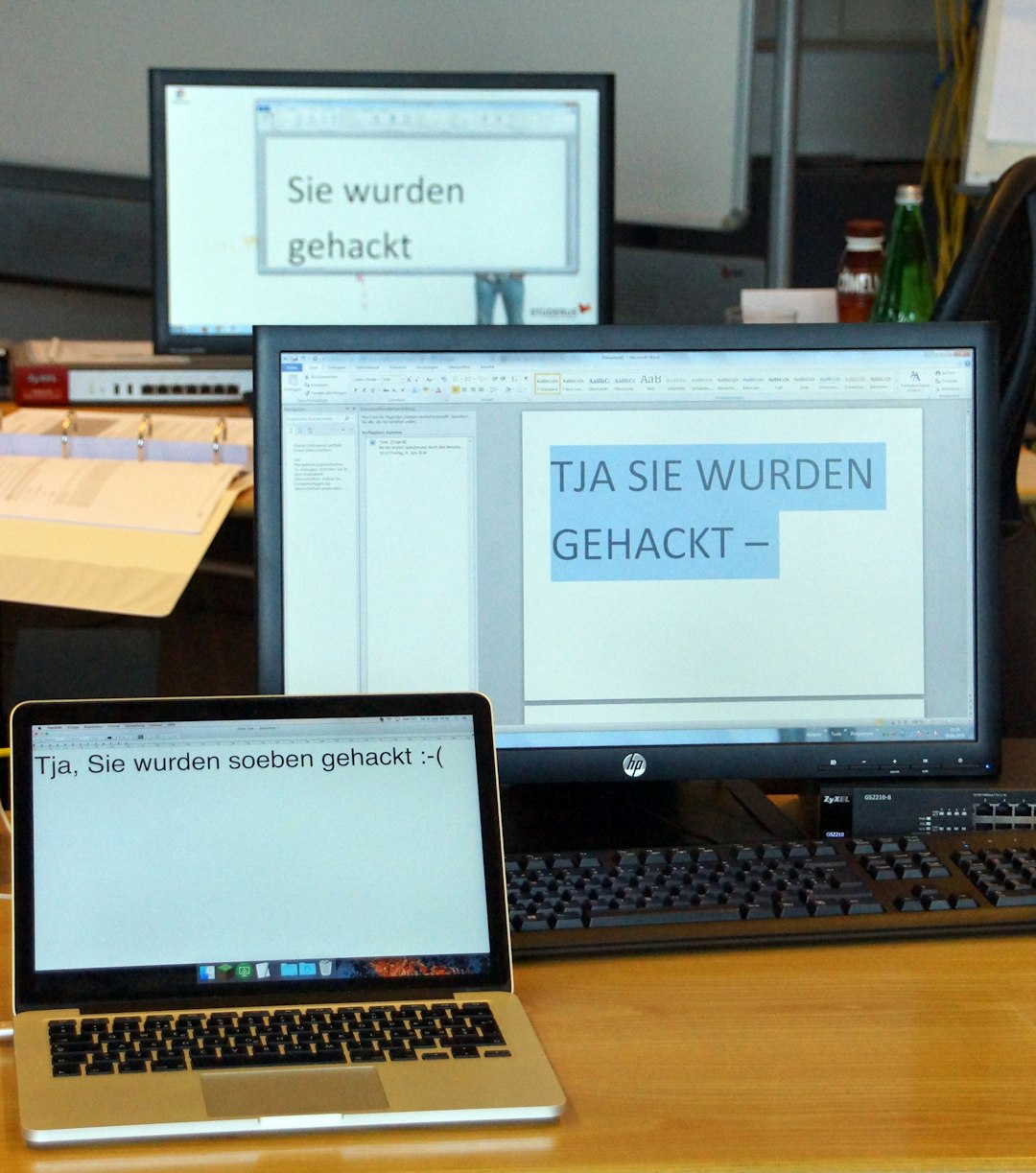Transform Your Business Operations with Paperless AI Solutions

In an era where efficiency and sustainability are becoming critical business imperatives, companies across the globe are turning to digital transformation strategies to stay competitive. One of the most impactful changes a business can adopt is transitioning to a paperless system enhanced by artificial intelligence (AI). This combination not only cuts costs and increases productivity but also ensures a higher level of precision and accountability. In a world that’s going green, going digital isn’t just a convenience—it’s fast becoming a necessity.
The Cost of Paper-Based Operations
Traditional paper-based operations come with a series of hidden costs that many businesses underestimate. Expenses linked to printing, storing, retrieving, and disposing of paper documents can become substantial over time. In addition, paper-based systems are more prone to human error, data redundancy, and compliance issues.
- Printing Costs: Paper, ink, maintenance, and hardware depreciation add up quickly.
- Storage Requirements: Filing cabinets and storage rooms take up valuable office space.
- Retrieval and Handling Time: Manual processes reduce productivity and increase labor costs.
- Security Risks: Physical documents are vulnerable to theft, fire, or natural disasters.
With these drawbacks in mind, it becomes evident that paper-dependent systems are not sustainable in the long term. Moving to paperless solutions powered by AI addresses these concerns while introducing additional benefits.
What Are Paperless AI Solutions?
Paperless AI solutions refer to the incorporation of artificial intelligence technologies into document management systems and other workflows that traditionally rely on paper. These solutions automate documentation, data entry, classification, routing, and compliance monitoring through intelligent, self-learning algorithms.
Some commonly used technologies include:
- Optical Character Recognition (OCR): Converts scanned paper documents into editable, searchable text.
- Natural Language Processing (NLP): Analyses written content to understand context and intent.
- Robotic Process Automation (RPA): Manages repetitive tasks with high accuracy and efficiency.
- Machine Learning Algorithms: Continuously improve performance by learning from historical data and outcomes.
These AI-powered tools enable businesses to eliminate bottlenecks, improve service delivery, and ensure a consistent flow of information—all without relying on physical paperwork.

The Benefits of Going Paperless with AI
Integrating AI into a paperless workflow can redefine operational efficiency. Businesses stand to gain in the following ways:
1. Enhanced Productivity
AI automates manual tasks like data entry and record keeping, allowing employees to focus on strategic, value-added activities. This results in faster turnaround times, reduced delays, and a more agile operation.
2. Improved Data Accuracy
AI systems reduce the risk of human error in data processing. Sophisticated algorithms ensure that data is correctly captured, categorized, and verified, leading to better decision-making and reporting.
3. Regulatory Compliance
Compliance reporting can be a daunting task, especially for businesses operating in highly regulated industries. AI solutions automatically monitor and report compliance metrics, reducing audit risks and ensuring that regulations are adhered to consistently.
4. Cost Savings
Aside from direct savings on paper, ink, and storage, AI reduces labor costs by automating routine functions. Moreover, improved accuracy and efficiency help eliminate costly errors and inefficiencies.
5. Environmental Responsibility
Reducing paper use contributes to a lower carbon footprint. Organizations committed to sustainability will find that going paperless aligns well with their environmental goals while also resonating with eco-conscious customers and stakeholders.
Use Cases Across Industries
Many industries have started leveraging paperless AI solutions to stay ahead of the curve. Here are just a few examples:
- Healthcare: Automate patient records, insurance claims, and appointment scheduling with AI-driven systems to improve accuracy and patient care.
- Finance: Streamline loan processing, customer onboarding, and compliance checks using AI and paperless documentation.
- Education: Digitize records, track student progress, and manage administrative paperwork without physical files.
- Legal: Organize case files, contracts, and court documents with searchable, AI-tagged digital formats.

Challenges & Considerations
While the shift to a paperless AI-powered system offers numerous benefits, it’s not without its challenges. Businesses considering this transformation must take into account several critical factors:
System Integration
For AI solutions to work effectively, they must be seamlessly integrated with existing IT infrastructure. Choosing compatible software and ensuring proper API capabilities is essential for smooth implementation.
Data Privacy
Digitizing sensitive information requires robust data protection measures. Encrypting data, implementing secure access protocols, and ensuring compliance with data protection laws such as GDPR are crucial.
Change Management
The transition from traditional systems to digital platforms can be met with internal resistance. Training staff and clearly communicating the benefits of the new system is key to successful adoption.
Initial Investment
Although long-term cost savings are significant, initial setup—hardware, software licenses, and training—can require a sizable investment. However, this initial outlay is often recovered rapidly through improved efficiencies.
Steps to Go Paperless Using AI
Making the transition requires planning but is entirely achievable with a structured approach. Here’s a step-by-step guide to help you get started:
- Assess Current Workflows: Identify areas in your business that are most paper-dependent and analyze their associated cost and turnaround times.
- Choose the Right AI Tools: Select tools that align with your operational goals, whether it’s OCR, RPA, or document management systems.
- Migrate Data: Scan existing documents and use OCR to digitize and store them securely.
- Automate Processes: Use AI to handle routine tasks and notifications. Implement workflows that streamline approvals, document routing, and alerts.
- Train Your Team: Provide training sessions to ensure employees are comfortable using the new technology.
- Review & Optimize: Continuously review system performance and refine processes to get the most out of your AI investment.
The Future is Digital and Intelligent
Paperless AI solutions are not a fleeting trend; they mark a fundamental shift in how modern business is conducted. From increased operational efficiency to better compliance and sustainability, the advantages are far-reaching. By adopting these technologies today, companies position themselves to thrive in an increasingly digital future.

Organizations that take the lead in integrating AI-powered paperless solutions will not only cut costs and streamline operations—they will also set a new standard for modernization and efficiency. Planning your transformation now ensures you’re not left behind as the digital revolution continues.
Embrace the change. The future of business is paperless, powered by intelligent automation, and it’s closer than you think.
